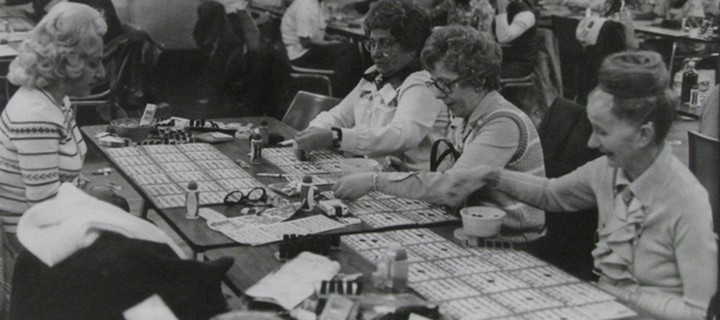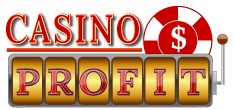History of Creation Popular Casino Game: Bingo

Bingo in Italy
Bingo got its start in Italy nearly 500 years ago. Italy has a deep tradition in its Lo Giuoco del Lotto – literally translated to “The Clearance of The Lot of Italy”. It is a brilliant, innovative way for the government to raise funds to support public initiatives that dates back to the year 1530.
In Lo Giuoco del Lotto, players gather once a week to bet on which numbers will be drawn from ten draw wheels. Five numbers are drawn from each wheel for a total of fifty numbers – each wheel being named after a city in Italy: Bariums, Cagliar, Genoa, Milan, Naples, Palermo, Rome, Turin, and Venice.
Lo Giuoco del Lotto continues to be played today – earning the Italian government over $75 million dollars per year. Tombola!
Bingo in France
Italy’s lotto game traveled northwest to the thriving empire of France where it evolved to a version of Bingo that resembles the one we know and love. Le Lotto players of the 18th century received cards that were separated into three rows and nine columns, the rows containing five random numbers and four randomly blank squares. Players gather once or twice a week, covered their squares as numbered tokens were pulled from a bag, and the winner would be the first to have a fully-covered horizontal row.
The game was popular among the upper classes of French society but eventually disseminated to be enjoyed by all classes.
Why is it called "Bingo"?
The earliest appearance of Bingo’s predecessor in the United States came in the form of Beano. Long before the name was synonymous with a blush-worthy digestive aid, Beano was introduced by entrepreneur Hugh Ward in the early 1920s. It began as a simple game popularized at carnivals in Western Pennsylvania: players received one row of numbers and placed beans over the numbers as they were called out. When their card was filled with beans, the winner would call out “Beano!”
Edwin S. Lowe - U.S. salesman, toymaker, game entrepreneur and real estate developer whose promotion of a game he renamed "Bingo"made it popular as a national pastime and fundraising activity for churches and schools. Lowe witnessed a game of Beano at a crowded carnival booth and decided to test playing the game at home before making it his own.
It’s rumored that, while having his friends over to test a game of Beano at Lowe’s apartment, one woman became so excited at the thrill of winning that she stuttered “B-B-B-B-BINGO!” Lowe had to change the name of the game to make it uniquely his – and this woman’s excitement left an impression on him that would change the face of the game to what we know of it today.
Lowe sold two versions of Bingo: a 12-card set for $1 and a 24-card set for $2. Immediate success followed and Lowe’s company was back in business. Unfortunately for him, Lowe’s Bingo was never trademarked. Opportunists copied the wildly successful game that continues to grow in popularity today.
Fun fundraising with Bingo
A parishioner adopted Bingo as a way to raise funds for their church in financial troubles. However, after the priest invested in several sets of Lowe’s low-count Bingo card, he learned that there were dozens of winners after each game. There was no way they could raise the funds to turn the church’s financial woes around.
The panicked priest contacted Lowe begging him to make the game more competitive. Lowe concluded that the cards needed more numbers – and in unique combinations. Working with a Columbia University math professor named Carl Leffler, Lowe’s version is famed for having over 6,000 different variations of 5×5 cards. Leffler created each of those cards by hand – leading him to lose his sanity.
Word spread like wildfire: Bingo is a fun and easy fundraiser. Lowe received thousands of letters asking him to set up Bingo tournaments and it quickly became apparent that he had to set up a firm to handle the work. The E.S. Lowe Company had one thousand employees with 64 presses printing 24 hours per day – reportedly using more newsprint than the New York Times! There were an estimated 10,000 games per week running in 1934. The largest Bingo game was played in the New York Teaneck Armory with 60,000 – players went nuts for the ten cars they could win!
Bingo Today
Nowadays bingo gambling and exciting game in many online casinos. This is a great advantage in the world of gambling casino. You do not have any where to go to buy tickets, enough to register in one of the interenet casino, make a deposit and you can play bingo. In addition to the fun of the game, you get a casino deposit bonus. If you do not want to play for real money, you can play for free money online.

